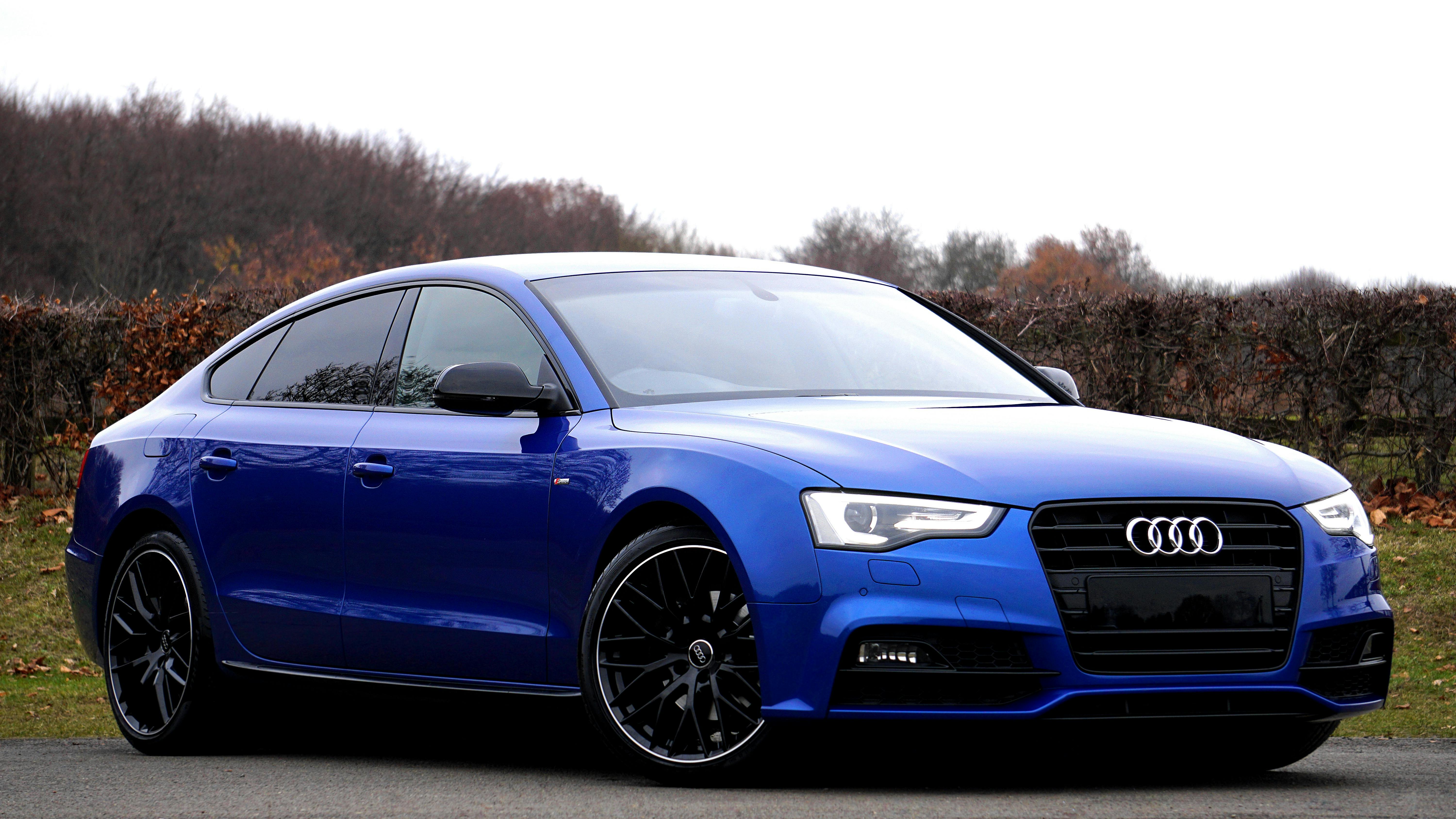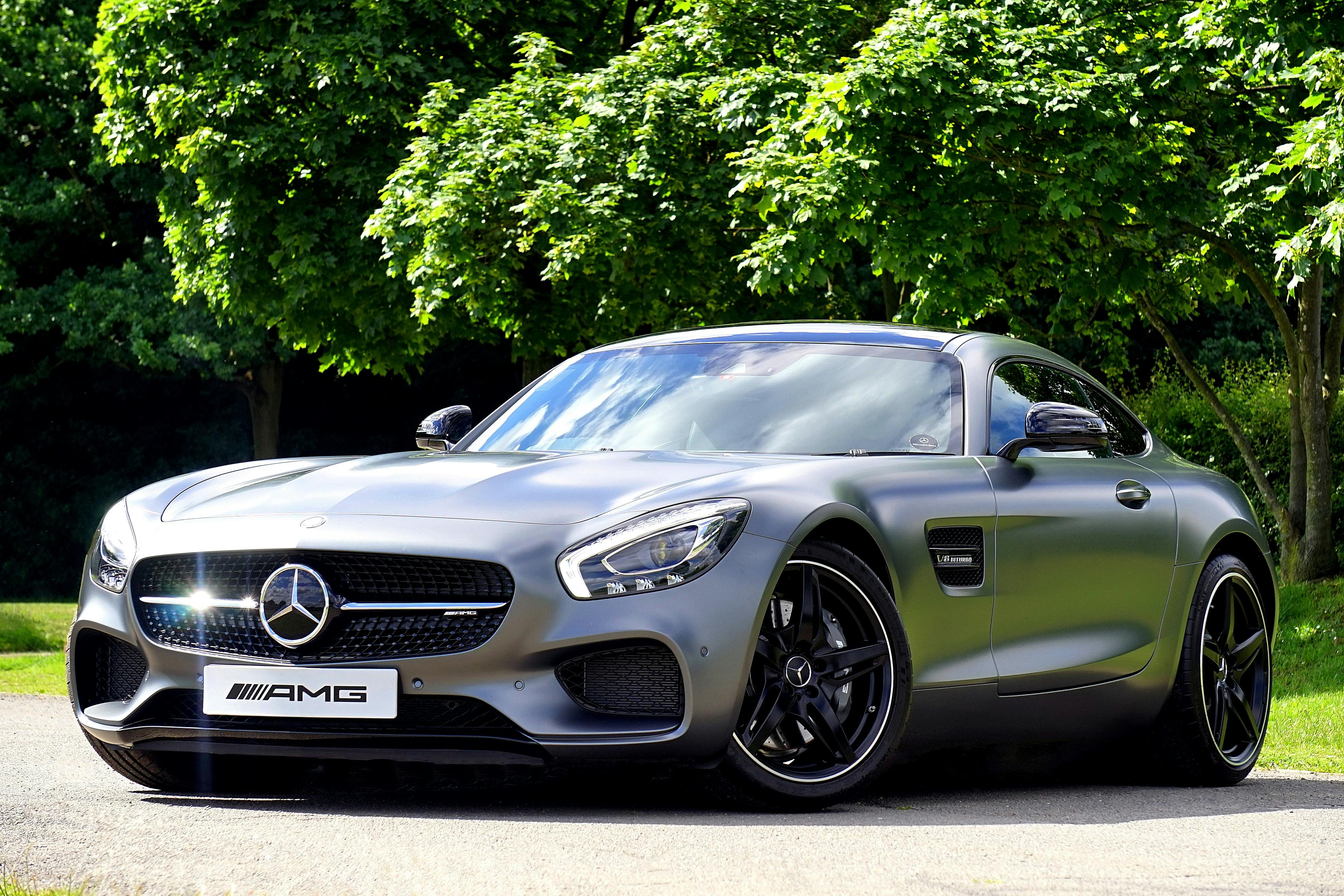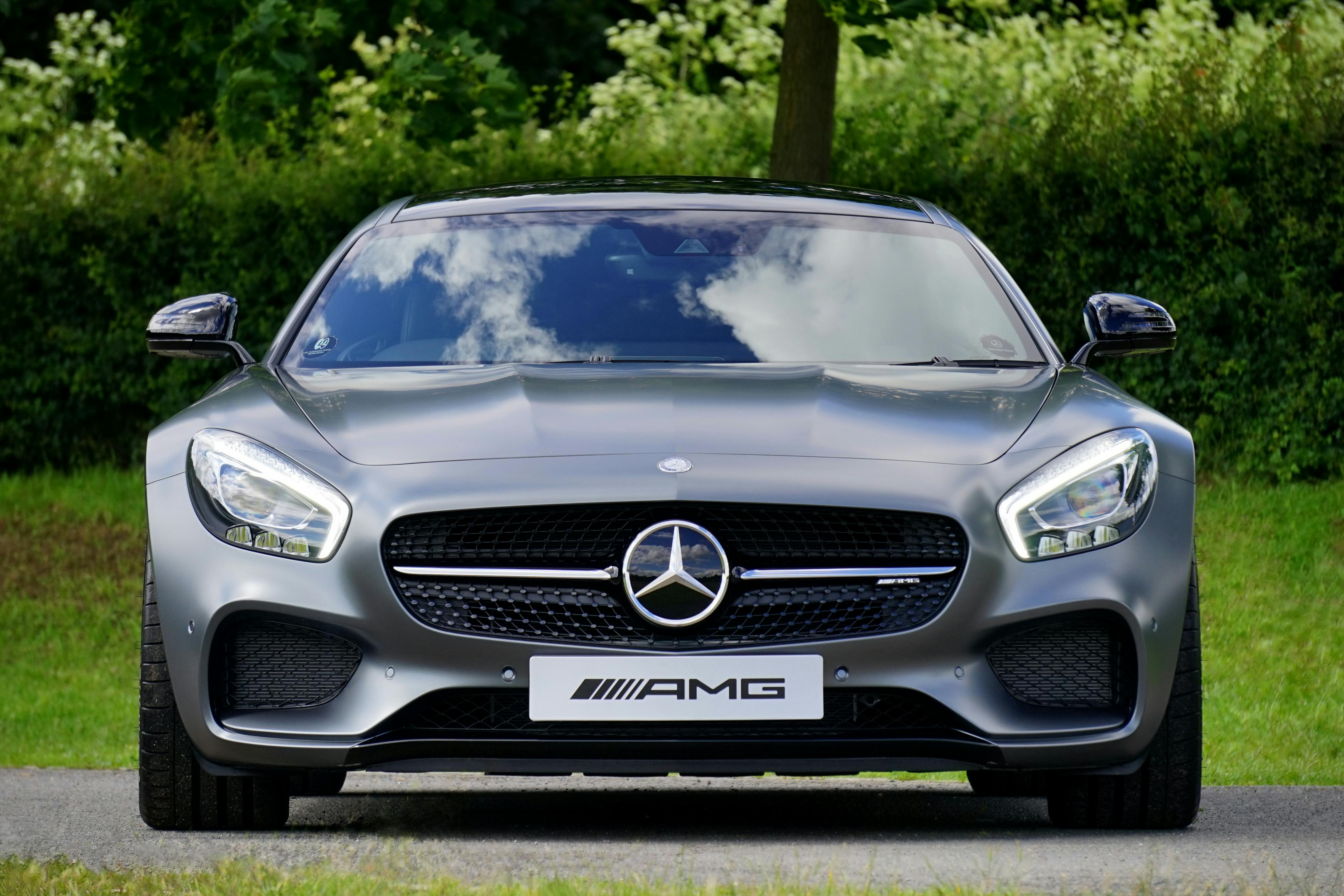Car Companies 1920s: A Look Back At The Roaring Twenties On Wheels
The 1920s, often called the Roaring Twenties, brought about a tremendous shift in how people lived and moved. This was a time when personal cars, once a luxury for just a few, began to show up in driveways everywhere, changing daily life for millions. It’s a bit like seeing a whole new world open up, with the freedom of the open road calling out to so many families.
You know, this particular decade really saw the car industry grow by leaps and bounds. Companies started making vehicles faster and at prices more people could actually manage. It was a period of incredible change, a bit of a revolution on wheels, if you will, and it set the stage for how we think about cars even today.
So, we are going to take a trip back to that exciting time and check out the big players and some of the smaller, yet quite important, companies that helped shape what was coming next. We’ll see how their ideas and efforts built the foundation for the cars we have now, and how, in a way, they started the whole idea of finding the perfect car for your needs.
Table of Contents
- The Dawn of Mass Production: Ford's Dominance
- Beyond Ford: Emerging Giants and Niche Makers
- Driving Forces: What Shaped the Decade?
- The Impact on Society
- Frequently Asked Questions About 1920s Car Companies
- The Legacy of the Roaring Twenties Automotive Scene
The Dawn of Mass Production: Ford's Dominance
When you think about car companies 1920s, the name Ford usually comes to mind first, and for very good reason. Henry Ford, with his Model T, really changed everything. He didn't just build cars; he built a system to make them affordable for the average family, something that was quite groundbreaking at the time.
The Model T was, in a way, a vehicle for every journey, bringing personal transportation to the masses. It was tough, pretty simple to fix, and perhaps most importantly, it was cheap because of the moving assembly line. This method meant cars could be put together much faster, lowering the price tag significantly. So, many people could actually afford one.
By the middle of the decade, Ford was making more than half of all the cars on the planet. It was an amazing achievement, and it showed just how much demand there was for personal transport. The idea of getting around on your own terms, without relying on trains or horses, was a really powerful draw for people then.
This success, you know, meant that many families who never thought they could own a car suddenly had that chance. It was a big deal, changing how folks lived, worked, and even how they spent their free time. The very concept of going for a drive on a Sunday afternoon, for instance, became a real thing for a lot more people.
Beyond Ford: Emerging Giants and Niche Makers
While Ford was certainly the big name, the 1920s were also a time when other car companies began to really find their footing and challenge the way things were done. It wasn't just about making one car for everyone; some realized that people might want choices, a bit like how today you can research vehicle models to find what fits best.
General Motors: A Different Approach
General Motors, or GM, had a pretty clever idea under the leadership of Alfred Sloan. They decided not to just make one car, but to offer a range of vehicles, each for a different kind of buyer and price point. This was a really smart move, as a matter of fact, giving people options they didn't have before.
So, you had Chevrolet for those looking for something affordable, Buick for a step up, and Cadillac for those who wanted luxury. This "car for every purse and purpose" strategy was quite different from Ford's "any color as long as it's black" approach. It allowed GM to grab a bigger piece of the market as the decade went on, offering choices that appealed to a wider group of folks.
This focus on variety, you know, meant that if you were looking to shop new and used cars, even back then, GM had something for nearly everyone. It was a clear sign that the market was growing up, moving beyond just basic transportation to something more personal and expressive.
Chrysler's Ascent
Another important player to come onto the scene in the 1920s was Chrysler. Walter P. Chrysler, who had a lot of experience in the auto world, started his own company in 1925. He focused on good engineering and innovation, making cars that were well-built and offered some neat features.
Chrysler cars quickly gained a reputation for being reliable, dependable, and affordable, offering a nice mix of quality and value. They introduced things like rubber engine mounts to reduce vibration and full-pressure lubrication, which were pretty advanced for the time. This kind of attention to detail helped them stand out in a crowded field.
It was a clear example, you know, of how new ideas and smart design could make a big difference, even when going up against established giants. Chrysler's quick rise showed that there was still plenty of room for innovation and new thinking in the car world.
Luxury and Innovation: Other Notable Names
Beyond the big three, the 1920s also had a number of smaller, often very specialized, car companies. These makers focused on luxury, performance, or just unique designs. Think about names like Packard, Duesenberg, and Pierce-Arrow. They built cars that were truly works of art, often with very high price tags.
These companies, in a way, pushed the boundaries of what a car could be. They introduced features that would eventually trickle down to more common vehicles, things like better suspensions, more powerful engines, and more comfortable interiors. They were, you might say, the innovators, showing what was possible if you didn't have to worry so much about cost.
There were also countless smaller, local car makers, some of whom only lasted a few years. It was a bit of a wild west, with new companies popping up all the time, hoping to strike it big. This period was very much about trying new things, and some of those ideas, honestly, really stuck around.
Driving Forces: What Shaped the Decade?
The success of car companies in the 1920s wasn't just about clever engineers or smart business people; it was also about the world around them. Several big things helped push the car industry forward during this time, creating the perfect conditions for growth.
Economic Boom and Consumer Culture
The 1920s were a time of great prosperity for many people in America. Wages were going up, and jobs were plentiful. This meant more disposable income, and people were eager to spend it on new things that made life easier or more enjoyable. Cars fit right into that desire, offering a new kind of freedom and status.
The rise of installment buying, or buying on credit, also played a huge role. People could buy a car by making small payments over time, rather than having to pay the full amount upfront. This made cars accessible to even more families, allowing them to shop with confidence for a car that was right for them, even if they didn't have all the cash ready.
This new consumer culture, you know, was all about having the latest and greatest, and a car was certainly a symbol of that. It wasn't just transportation; it was a statement, a sign that you were part of this exciting new era.
Technological Leaps
Cars themselves were getting better and better throughout the decade. Early cars were pretty basic, but by the 1920s, many improvements made them safer and more comfortable. For example, enclosed bodies became much more common, meaning you didn't have to drive in the open air all the time, which was a pretty big deal for comfort.
Electric starters became standard, so you didn't have to hand-crank the engine to get it going, which was a huge convenience, especially for women drivers. Better tires, safety glass, and more reliable engines also made cars more practical for everyday use. These changes, in a way, made cars less of a novelty and more of a truly useful tool.
The constant drive for improvement, you know, meant that each year's models often had something new and better. It was a period of very rapid innovation, with car makers always looking for the next big thing to attract buyers.
Roads and Infrastructure
What good is a car if there are no decent roads to drive it on? The 1920s saw a big push to build and improve roads across the country. Governments realized that cars were here to stay and that good roads were essential for commerce and for people to get around. So, states and the federal government started investing in paved roads.
This growth in road networks made long-distance travel much more feasible and comfortable. Along with roads, gas stations and repair shops started popping up everywhere, creating a whole new support system for drivers. It's a bit like how today you can find a large selection of cars, trucks, and SUVs, and also places that will take care of your car, so you have time for what matters most.
The building of this infrastructure, honestly, was just as important as the cars themselves. It created the environment where car ownership could truly flourish, making driving a real possibility for millions more people.
The Impact on Society
The rise of car companies 1920s changed more than just transportation; it changed society itself. Cars gave people a new sense of freedom and independence. Families could take trips, visit relatives who lived far away, or just go for a drive for fun. This opened up new possibilities for leisure and personal expression.
The car also played a big part in the growth of suburbs. People no longer had to live right next to their jobs in the city; they could commute from further out. This led to new housing developments and a different way of life, with more space and a bit more privacy. It truly changed where and how people lived.
New industries grew up around the car, too. Gas stations, motels, roadside diners, and repair shops all became common sights. It created countless jobs and spurred economic growth. The car, in a way, became the engine of a whole new economy, connecting communities and creating new opportunities for many folks.
This transformation, you know, laid the groundwork for the modern world we inhabit. The ability to move freely, to access goods and services, and to explore new places, all started to become commonplace because of the widespread adoption of the automobile. It was a pivotal moment for personal mobility.
Frequently Asked Questions About 1920s Car Companies
People often wonder about the early days of cars. Here are some common questions folks ask about car companies 1920s.
What car companies existed in the 1920s?
Many car companies were around in the 1920s, both big and small. The most well-known were Ford, General Motors (with brands like Chevrolet, Buick, and Cadillac), and Chrysler, which started in 1925. There were also luxury makers like Packard, Duesenberg, and Pierce-Arrow, plus hundreds of smaller companies that tried their hand at building cars during this booming period. It was a very competitive time, with lots of different makers trying to find their place.
How did the automotive industry change in the 1920s?
The automotive industry changed a lot in the 1920s. It moved from being a niche market for the wealthy to a mass market for the average person, thanks to assembly line production making cars more affordable. Companies started offering more variety in models and price points, moving beyond just one basic car. Cars also became more reliable and comfortable with new technologies like electric starters and enclosed bodies. The whole idea of how cars were made and sold really shifted, becoming much more organized and customer-focused, in a way.
What was the most popular car in the 1920s?
Without a doubt, the Ford Model T was the most popular car in the 1920s. It was incredibly affordable and widely available, making it the car of choice for millions of families. While other cars gained popularity later in the decade, especially as General Motors offered more choices, the Model T truly dominated the roads for most of the Roaring Twenties. It was, arguably, the car that put America on wheels.
The Legacy of the Roaring Twenties Automotive Scene
The car companies of the 1920s truly set the stage for the automotive world we know today. Their innovations, their business strategies, and their drive to make cars accessible created a lasting impact. The idea of mass production, offering choices for every budget, and constantly improving vehicle technology all have roots in that exciting decade.
Today, when you go to shop new and used cars, compare prices, or explore financing options to find your dream car, you're experiencing the long-term effects of those early days. The choices we have, the ability to get unbiased car reviews, and to check a car's history with a Carfax report, all build on the foundation laid by those pioneers.
The ability to find the best used cars in Des Moines, IA, or to test drive used cars at home, really shows how far we've come. We're here to keep you going with our large selection of cars, trucks, and SUVs, just like those early companies aimed to keep people moving. To learn more about how cars have changed over time, you can find more information right here on our site, and if you are curious about today's vehicle choices, there's always more to explore on this page.
For additional historical context on the automotive industry, you might find details on the Library of Congress website quite interesting. It’s a good way to see how much things have changed, and how much has stayed the same in terms of our desire for personal transport. It's pretty fascinating, actually, to see the connections between then and now.

Car images · Pexels · Free Stock Photos

Car images · Pexels · Free Stock Photos

Car images · Pexels · Free Stock Photos